0-waste Mordant dyes¶
Current documentation on natural dyes can be found in the lecture note of the Biochromes course in the Fabricademy website. We really invite you to first navigate through it to initiate your exploration.
Sustainability and 0-waste processes¶
- simple and traditonal method to start
- sustainable when all discarded parts are re-used, recyled and transformed
- sustaible by exploring local (or locally present) dye plants/materials, harvesting them when possible, growing them
- sustaible when working on local wool, promoting a local chain for production and transformation with the DIY tools of the little wool factory
Within the mordant dyes we see a circular process, where all leftovers from the dye bath are being re-used - creating a fully circular process. The process breaks down into 3 major steps:
- creation and use of the hot dye bath with plant matter
- creation of Lake pigments (the recycling of hot dye baths)
- use of lake pigments for wool
Research and Experimentation¶
INGREDIENTS: dutch wool, plant dyes and circular processes¶
During the FabriGathering held in Paros (Greece), Ceciliia & Bea (TextileLab Waag) explored and experimented with teaching a number of processes around 0-waste circular natural dyeing.
See the wool we selected in the dutch wool context space here XXX
The ingredients we
PROCESS¶
Overview 0-waste process
- Preparation of the wool
Depending on what type of wool you chose, start soaking and washing it. If you bought "dirty" wool (unwashed); give it a simple soaking and washing below 30degrees celsius. Mordant the wool if you are using mordant dyes, do not if you are using vat or direct dyes.
- Preparation of the plants
Explore whats local to you, and start identify which dyes you will use. It's handy to get to know your plants, we recommend exploring: * plant matter selection: fresh or dry, where from, basic info of the plant * plant matter preparation: soaking necessary? grinding? wetting? * plant matter identification: natural colourant and classification there-of (which biochrome is present? is the plant toxic in any way?)
-
Dye bath
-
Extract the plant dye in water, following one of the recipes below.
- With this dye bath of (already extracted) plant matter, add the (already cleaned and mordanted) dutch wool and simmer following the recipe
- Recycling
Once you are finished dyeing, trasnform the left-over dye bath into a solid organic pigment
- Re-splitting of the pigment into an acidic dye bath
Explore the process of unbounding the previously created pigment Remember this is only viable for wool.
-
Dyeing with leftovers
-
Repeat the step3 and dye mordanted wool with the recyled pigment, this will create lighter shades
INGREDIENTS: 1st session¶
Dye

- NAME: Madder - Rubia Tinctoria - Meekrap
- COLOR: red-orange-tan-bordeaux
- DYE COMPOUND:
- PROVENIENCE: local plant, abundant, waste stream etc

- NAME: Weld - Reseda Luteola - Wouw
- COLOR: yellow-green, orange(with madder), green(with indigo)
- DYE COMPOUND: luteolin
- PROVENIENCE: local plant, abundant
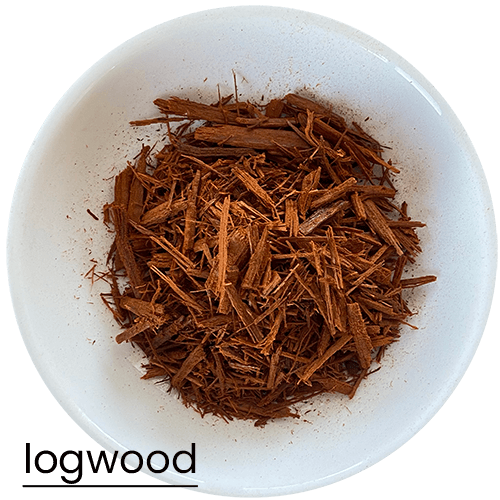
- NAME: Logwood/Campeche - Haematoxylum Campechianum - Blauhout
- COLOR: purple-red-blue
- DYE COMPOUND: x
- PROVENIENCE: xx
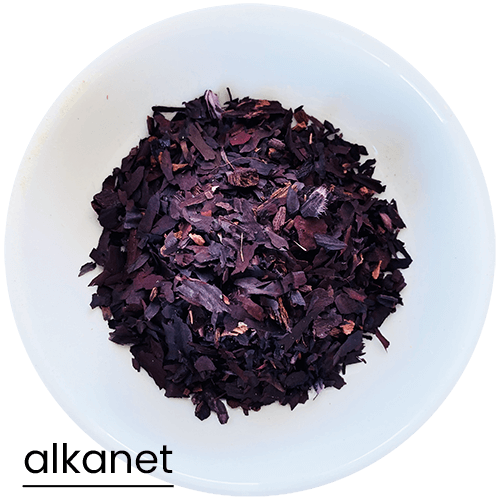
- NAME: Alkanet - Alkanna tinctoria - Smeerwortel
- COLOR: purple-grey
- DYE COMPOUND: xx
- PROVENIENCE: local plant
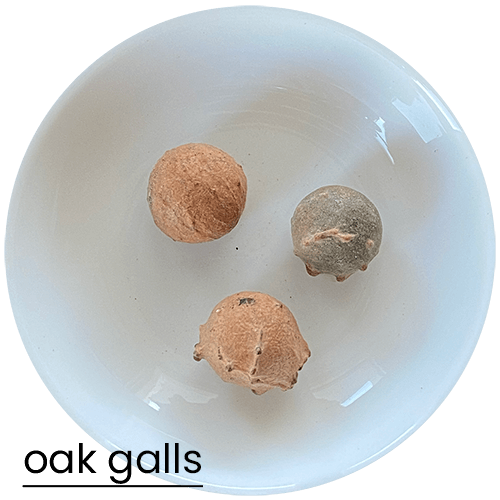
- NAME: Oak Galls - x - x
- COLOR: purple-grey-black
- DYE COMPOUND: tannins
- PROVENIENCE: local plant
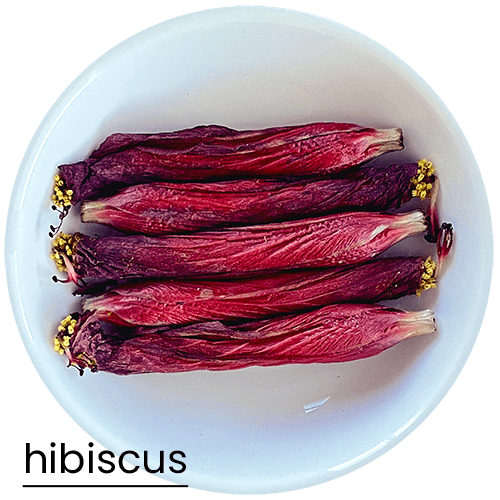
- NAME: fresh Hibiscus - Alkanna tinctoria - Smeerwortel
- COLOR: purple-pink
- DYE COMPOUND: xx
- PROVENIENCE: local plant
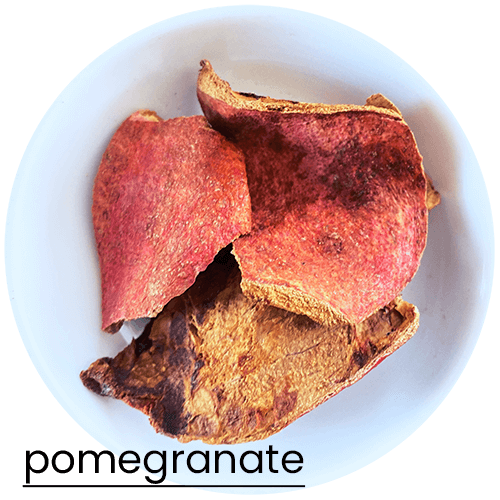
- NAME: Pomegranate - Xxx - Granaatappel
- COLOR: green-yellow-brown
- DYE COMPOUND: xx
- PROVENIENCE: local plant
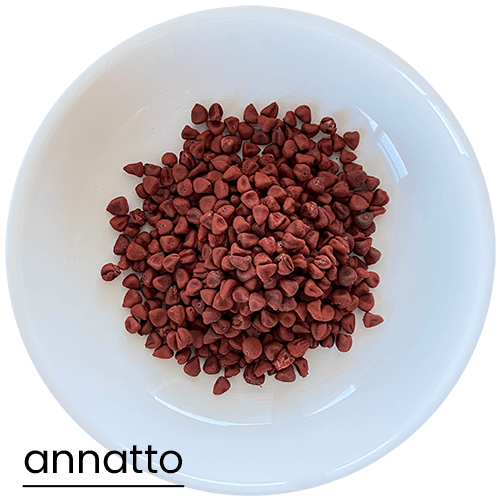
- NAME: Annatto - Achiote - achiote
- COLOR: red-orange
- DYE COMPOUND: xx
- PROVENIENCE: local plant
PREPARING THE WOOL¶
Check out the mordanting step by step [here(])
DYEING THE WOOL¶
Below a general step by step process for hot dyeing. Precise recipes for the Wool Mondays can be found here xxx.
STEP BY STEP overview
- heat up clean water in a pot on a stove at ±80 degrees
- add an image of the process
- add your dye stuff (amounts vary by dye stuff and WoF)
- add an image of the process
- simmer the dye to extract the colour for X amount of time (depending on the dye stuff)
- add an image of the process
- remove the dye matter and save the dye liquid
- add an image of the process
- add your premordanted wool to the dye bath and simmer until the wool has reached a shade of colour you like
- add an image of the process
- rinse the dyed wool under tiepid water
- add an image of the process
RECYCLING DYE BATH¶
With wool it is possible to create a fully circular process, where nothing is wasted. This is done in two steps, Pigments, showcased here below in a step by step, and by creating an acid dye bath from split lakes in the step by step below.
STEP BY STEP overview
- heat up the letfover dye bath
- add an image of the process
- prepare 2 solutions, one of alum crystals dissolved in hot water; and one of soda ash dissolved in hot water
- the proportions are respectively of 2:1 (alum:soda ash) you can start with 10 grams of alum : 5 grams of soda ash
- add an image of the process
- add the alum solution to the dye bath and stirr well
- add an image of the process
- add little by little the soda ash solution to the mixed dye bath, while stirring
- by shifting the ph from acidic to alkaline, bubbling will occurr in the solution, bt slowly adding the solution together, you will be able not to spill any of the mix.
- add an image of the process
- let the mixed solution sit, until the pigment deposists on the bottom
- add an image of the process
- filter the mixed solution including the sedimented pigment through a coffee filter and let dry
- add an image of the process
- grind the dry pigment gently to a fine powder.
- add an image of the process
DYEING WITH RECYCLED PIGMENTS¶
With wool it is possible to create a fully circular process, where nothing is wasted. This is done in two steps, Pigments, showcased here above in a step by step, and by creating an acid dye bath from split lakes in the step by step below.
STEP BY STEP overview
- heat up some clean water on a pot on a stove
- add an image of the process
- place the dry pigment in a separate jar or bowl
- add an image of the process
- prepare a mixed solution at the ratio of 3:1 of water : vinegar
- add an image of the process
- add the solution of step 3 to the powdered pigment in the bowl as of step 2
- add an image of the process
- mix and make sure the pigment is well dissolved, if clumps occurr, add a little extra of the solution
- add an image of the process
- add the coloured solution to the water in the pot
- add an image of the process
- add the wool (unmordanted this time) to the bath, simmer for about an hour and let the wool cool into the bath.
- add an image of the process
- remove the wool and rinse it under tiepid water
- add an image of the process
Other "leftovers"¶
Alum¶
You can simmer down the alum water and then keep aside, better if in the fridge. You can re-use this water, often its calculated as 30-50% effective, so you can add the remaining percentage of your choice. We have succesully tested it as a 30% effective mordanting bath, adding 70% of new alum.
Pigment clear water¶
Measure the ph of this water and finish neutralizing accordingly before discarding if alkaline or acidic. If alkaline, add vinegar/citric acid. If acidic add very little soda/chalk.
The colours¶
Wool - Hot Dyes¶
| DYE STUFF | ALUM | IRON | COPPER | BASIC | ACID |
|---|---|---|---|---|---|
Wool - Hot Dyes Yarns¶
| DYE STUFF | |||
|---|---|---|---|
| madder | 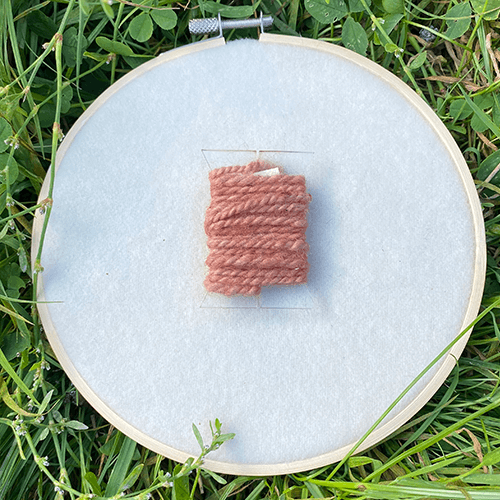 |
 |
 |
| m+p |  |
||
| pomegr. | 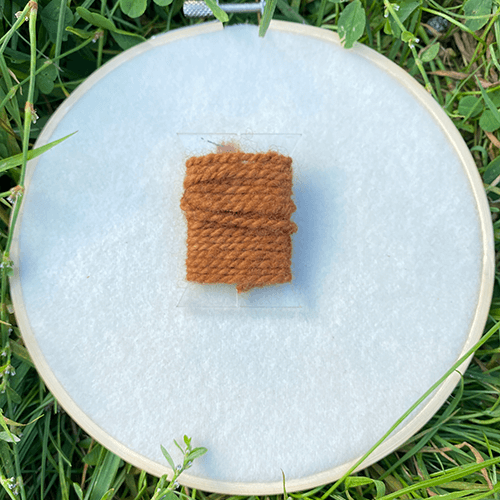 |
 |
 |
| weld |  |
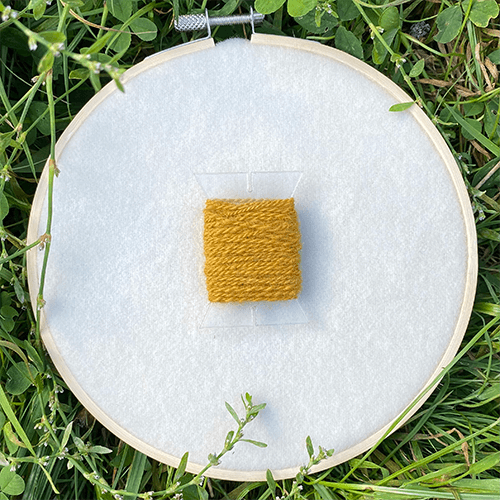 |
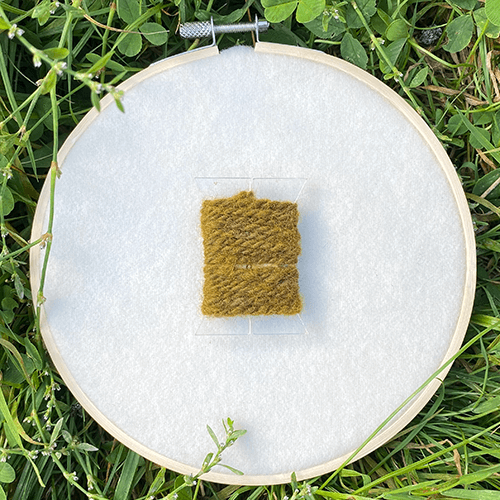 |
| w+m+p | 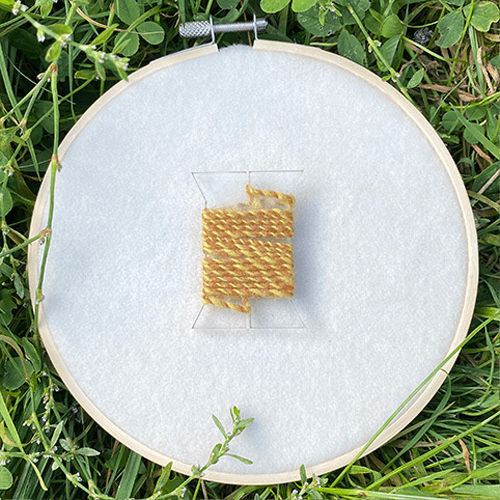 |
 |
Wool - Hot Dyes Yarns test 2¶
| DYE STUFF | |||
|---|---|---|---|
| madder | 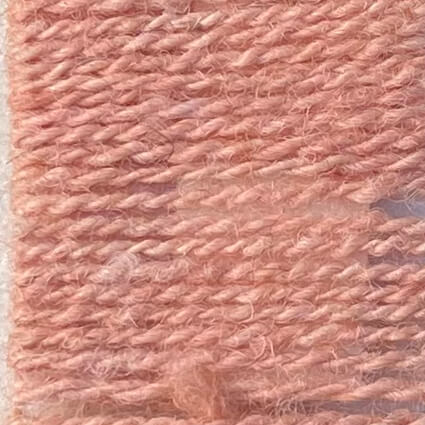 |
 |
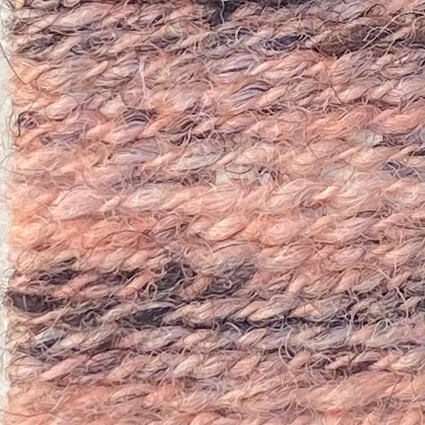 |
| m+p | 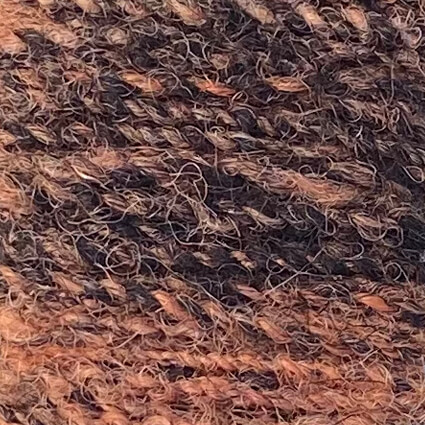 |
||
| pomegr. | 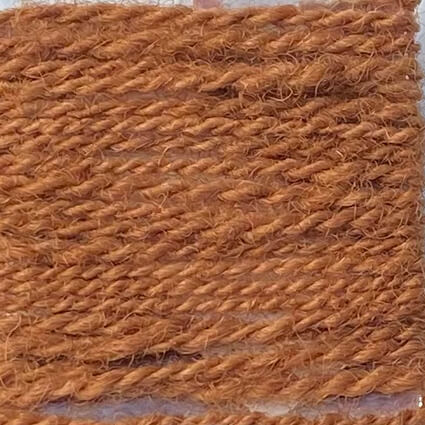 |
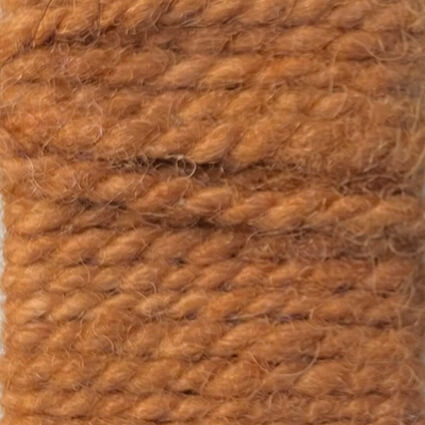 |
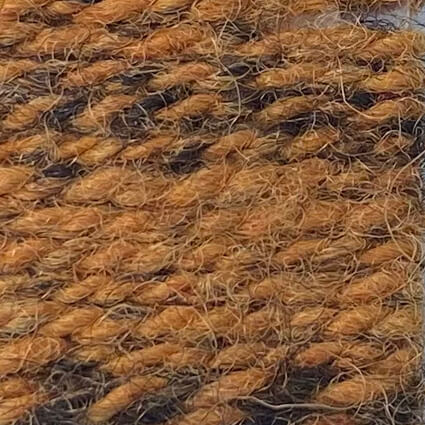 |
| weld |  |
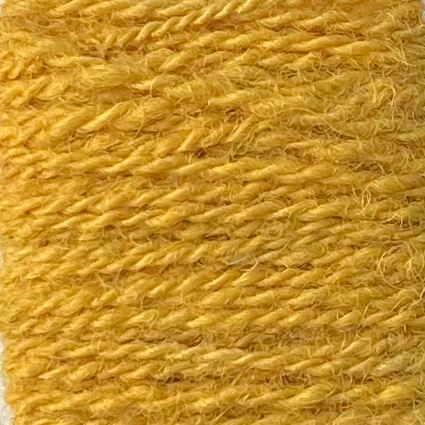 |
 |
| w+m+p | 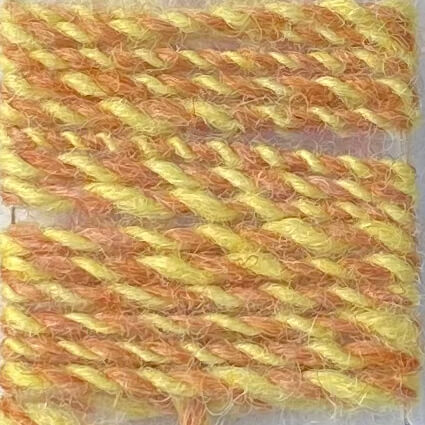 |
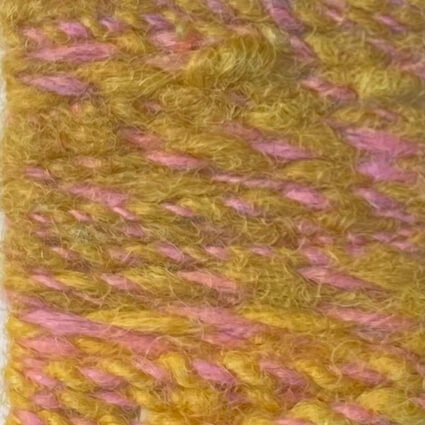 |
Recycled Lake pigments for wool acid dye baths¶
| DYE STUFF | ||||
|---|---|---|---|---|
| madder | ||||
| cochi | ||||
| indigo | ||||
| weld | ||||
| pomegr. | ||||
| logwood | ||||
| alkanet | ||||
| rhubarb | ||||
| buckthorn |
A note¶
Through the Dutch territorial contextualisation of wool, we discovered that the main step missing locally in the country is the actual dyeing, which is often performed abroad in countries like Italy. The Netherlands has a rich history in natural, botanical dyes, we see thats its native flora is often a source of colour and pigment, even though the knowledge behind the techniques and methods is often forgotten or set aside. When exploring a lab as an entity that ideally thrives in a local and circular productive territory, think of TextileLabs, FabLabs, FarmLabs and Makerspaces, Community spaces, etc we see a greater chance for a revival of this locally bound knowledge that is better suited on smaller batches. The chemical and botanical aspects of this knowledge can promote cross sectorial mutual literacy, an important aspect of networked Lab-to-Lab projects. When designers and scientists meet, a new language often is born - bridging between the visual and technical aspects. Design can be organic, and backtrack its research scientifically or start technical and then flow with the material. Natural dyeing is a process that is often performed on finished spun yarns or cloths, within our research we have expanded the intervention points to a wider set of .. (moments of the chain of fiber). The illustration below summarizes the intervention entry points of the research.